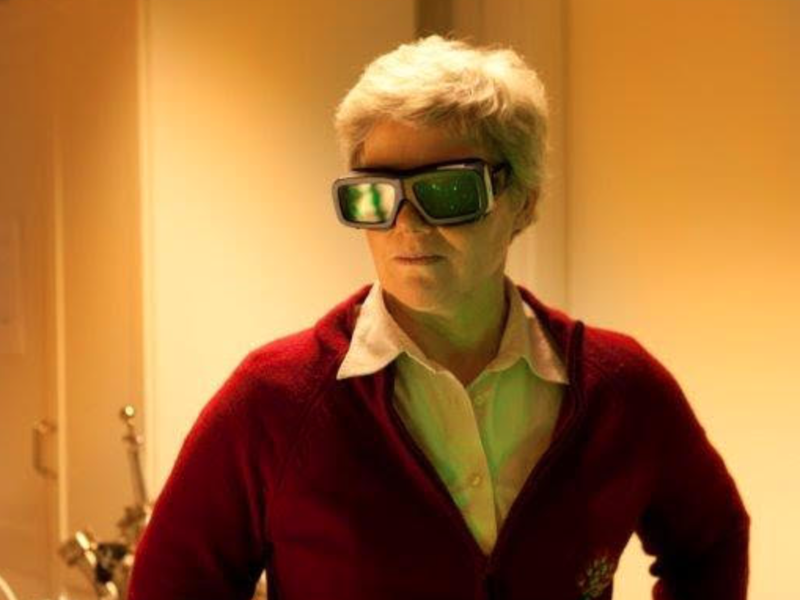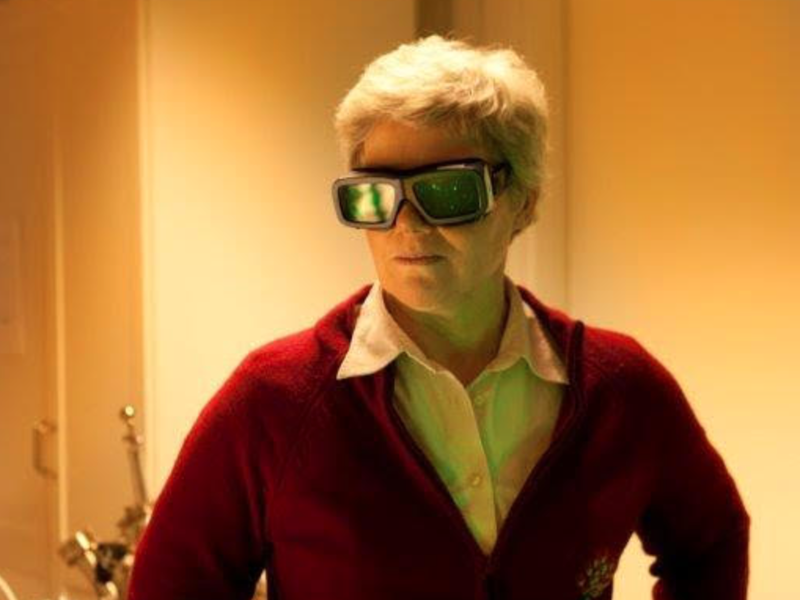From Measuring Electrons to Inspiring Underrepresented Scientists
At the age of 10, Anne L’Huillier watched in awe as Apollo 11 landed on the moon and two intrepid astronauts stepped out, venturing into a new frontier. As an adult, L’Huillier has become a pioneer herself, taking the first steps toward subfemtosecond laser pulses. In doing so, she helped establish a new field of physics known as attosecond physics, providing fundamental spectroscopy tools for studying the physics on the timescale of an electron’s movements.
In February of this year, L’Huillier, who currently works at Lund University, Sweden, was a corecipient of the Wolf Prize in Physics—a prize considered the most prestigious after the Nobel Prize in Physics—for her contributions to attosecond physics. She is only the second woman ever to have won the prize; the first woman winner—the now deceased Chien-Shiung Wu—won the inaugural Wolf prize in 1978 for her work in particle physics. Physics spoke to L’Huillier to learn about what got her interested in attosecond physics and about her experience as a woman in a field dominated by men.
All interviews are edited for brevity and clarity.
What inspired you to get into ultrafast physics?
As a master’s student, I had some very good teachers in atomic physics, including the Nobel Physics laureate Claude Cohen-Tannoudji. I fell in love with that field and then got the opportunity to do a Ph.D. in a rather niche topic: the study of atoms in strong laser fields. After my Ph.D., I contributed the first steps toward an attosecond laser pulse using these atoms, and the field of attosecond physics was born.
How do you create attosecond pulses?
Basically, by focusing a high-intensity laser onto a gas of atoms. The large electric field from the laser causes the atoms to emit photons whose frequencies are integer multiples of the original laser frequency. That process is known as high-harmonic generation.
In more detail, high-harmonic generation happens when the oscillating electric field of an incident laser is intense enough that it drastically alters the motion of an electron around an atom. When that laser’s intensity is at its maximum, its field can be nearly as strong as the field binding an atom’s electron to its nucleus, allowing the field to push the electron away from the nucleus and escape the atom. But as the electric field changes direction, the escaping electron gets driven back toward the atom, recombining with the atom in a process that releases a photon. This cycle happens twice for every period of the laser’s intensity oscillation, which is typically a few femtoseconds. The result is a train of pulses that each last 100 to 200 attoseconds. For comparison, a blink of an eye is 1,000,000,000,000,000 times longer than this.
How can this process help you to learn about atoms?
The pulses that I and my group make are very short and have very high energies—their wavelength is in the extreme ultraviolet part of the electromagnetic spectrum, which corresponds to energies of around 10 eV to 100 eV or even more. The energies and timescales of the pulses have values that we can use to excite the electrons in atoms and study their dynamics.
Earlier this year you won the Wolf Prize in Physics. You’re only the second woman to be awarded that prize and the first woman to receive it in over 40 years. How does that feel?
Fantastic, actually. I’m proud to be the second woman after Madame Wu, a scientist whom I highly respect. So yeah, it feels absolutely great. But at the same time, I think it’s time for women to receive more of these prizes.
I’ve provided support and mentorship to women throughout my career but particularly in the last decade. I think giving that help is important because women in physics are more visible, more vulnerable, and often lonelier than men in the field. Fortunately, I see these problems improving as more women enter the field.
What advice do you have for women who are thinking about embarking on physics careers?
Right now, I think that a new generation of women students is showing real interest in becoming physicists. I have been a little bit pessimistic about that enthusiasm level in the past, but now I think the situation is really changing, and I would love to see more young women in my field.
My general advice to everyone is to follow your intuition, and do what you want to do. Being a physics researcher is very demanding but very rewarding as well. I am strongly against the idea that you need to devote your whole life to your career. You can have a family and a life outside physics and still be successful in your field. And if doing that proves difficult, we need to fight for people to have a work-life balance.
For women more specifically, don’t listen to comments such as, “Oh, you got this job because you are a woman.” We need to be extra self-confident. I’ve been fighting this sexism my whole career. Now that I have more seniority, and especially after getting the Wolf Prize, I feel that finally I don’t have to prove anything.
–Katie McCormick
Katie McCormick is a freelance science writer based in Sacramento, California.





